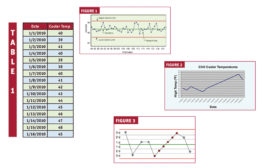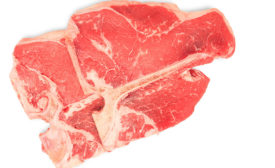Lynn Knipe
Lynn Knipe is the Extension Processed Meats Specialist and Associate Professor in Food Science and Technology, and Animal Sciences at Ohio State University. He is also a member of The National Provisioner Editorial Board. For more information, contact him at knipe.1@osu.edu or (614) 292-4877.
ARTICLES
Process control: Crunch, analyze and control
Refining process-control strategies and methods for the meat industry.
Read More
Stay ahead of the curve. Unlock a dose of cutting-edge insights.
Receive our premium content directly to your inbox.
SIGN-UP TODAYCopyright ©2024. All Rights Reserved BNP Media.
Design, CMS, Hosting & Web Development :: ePublishing










